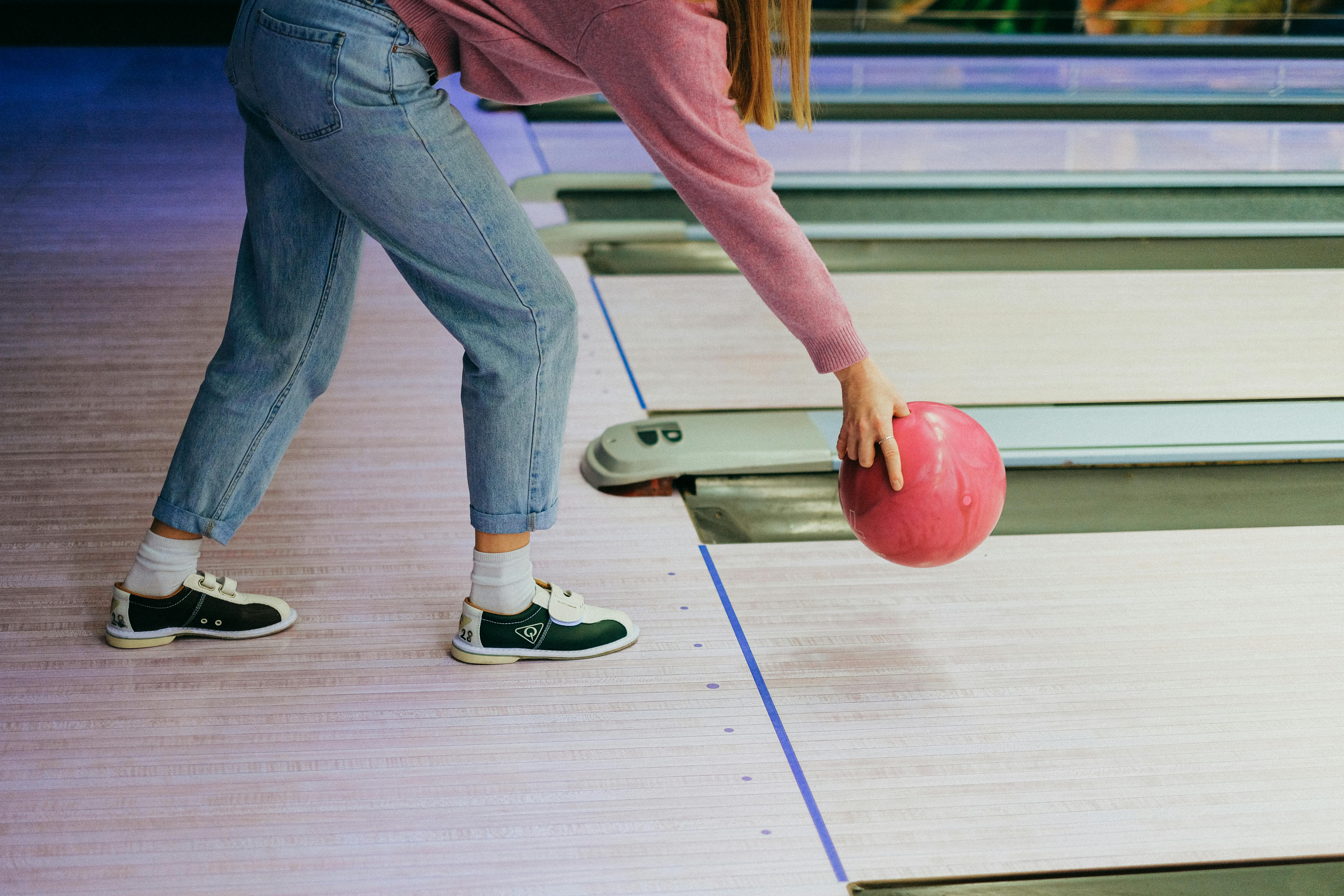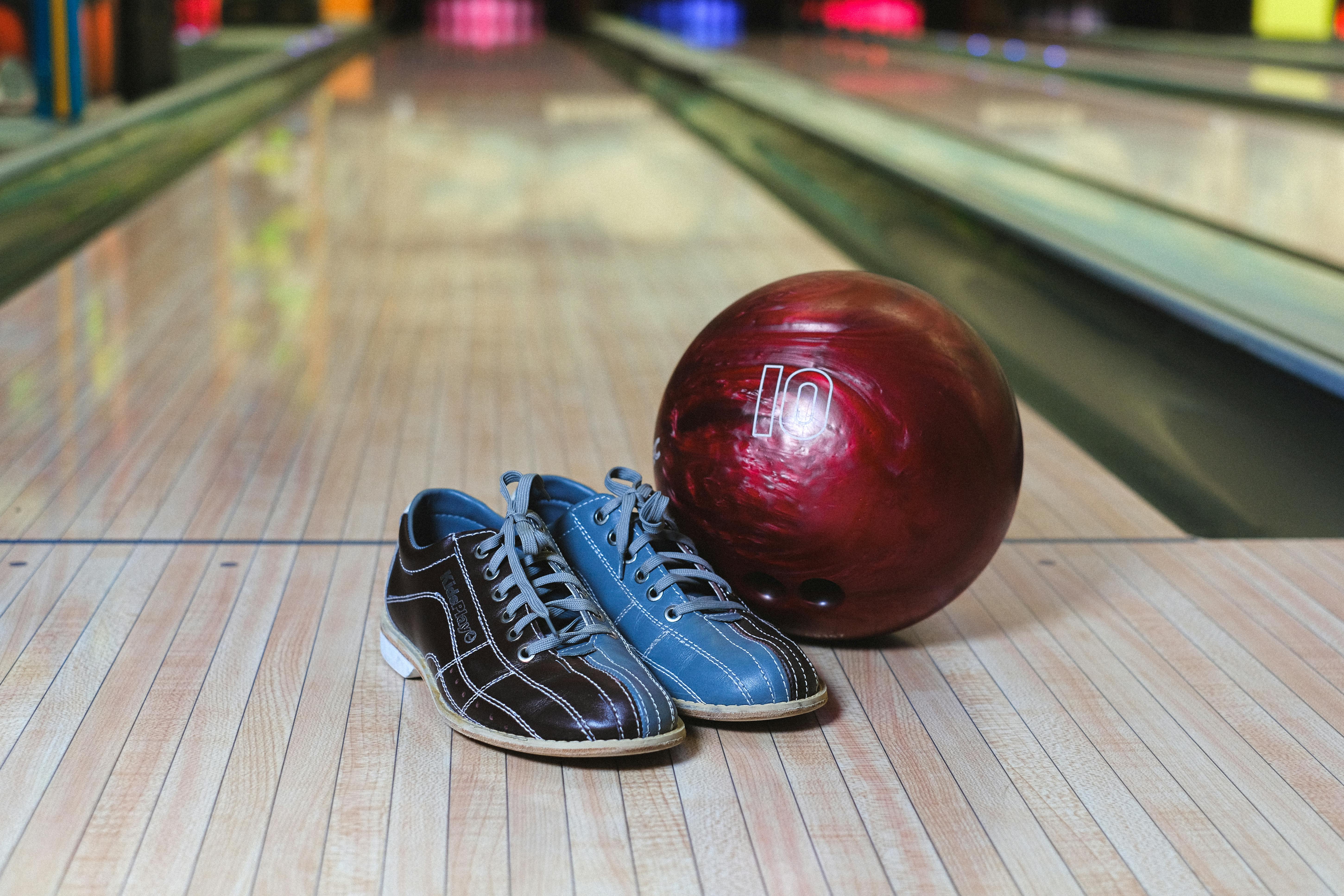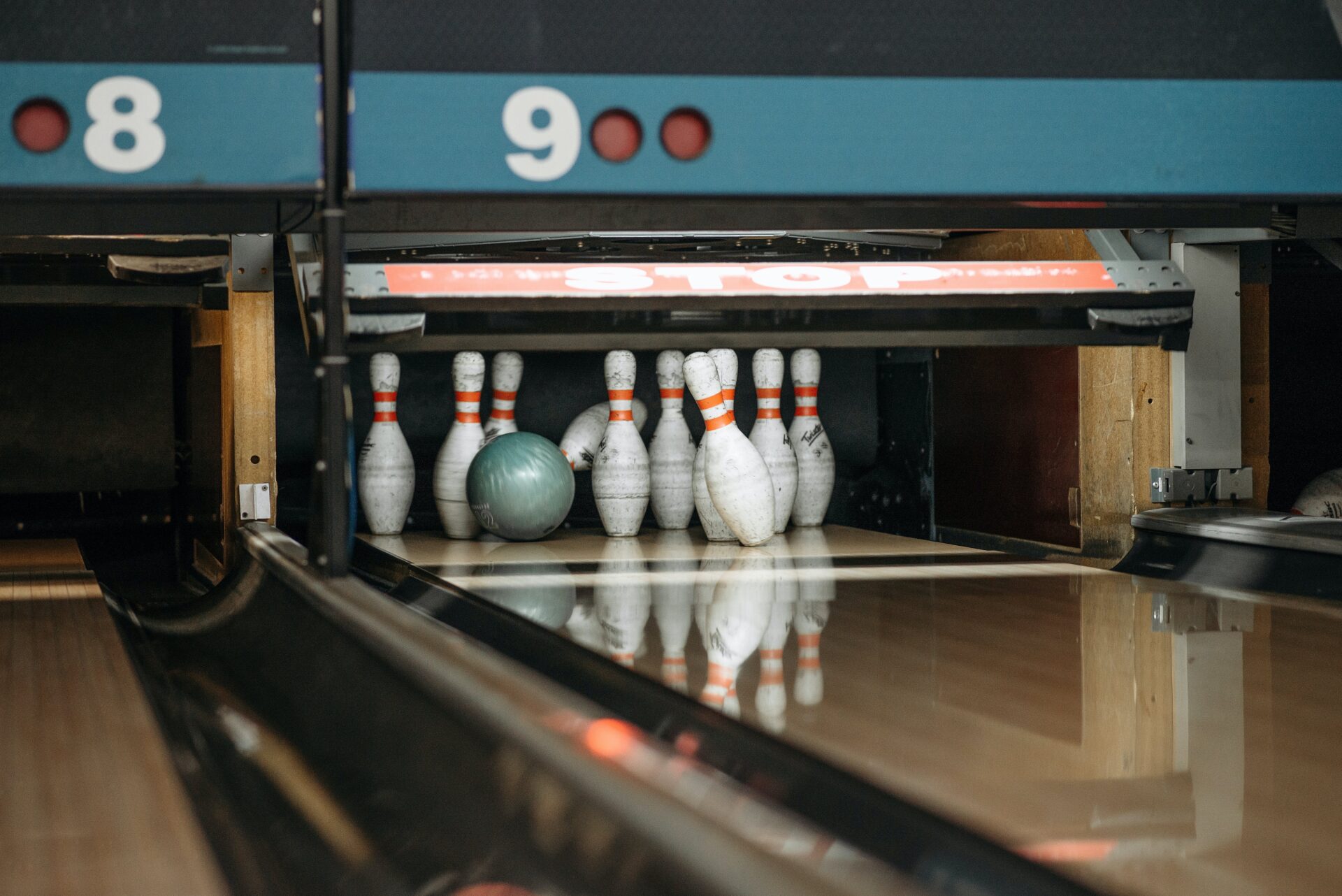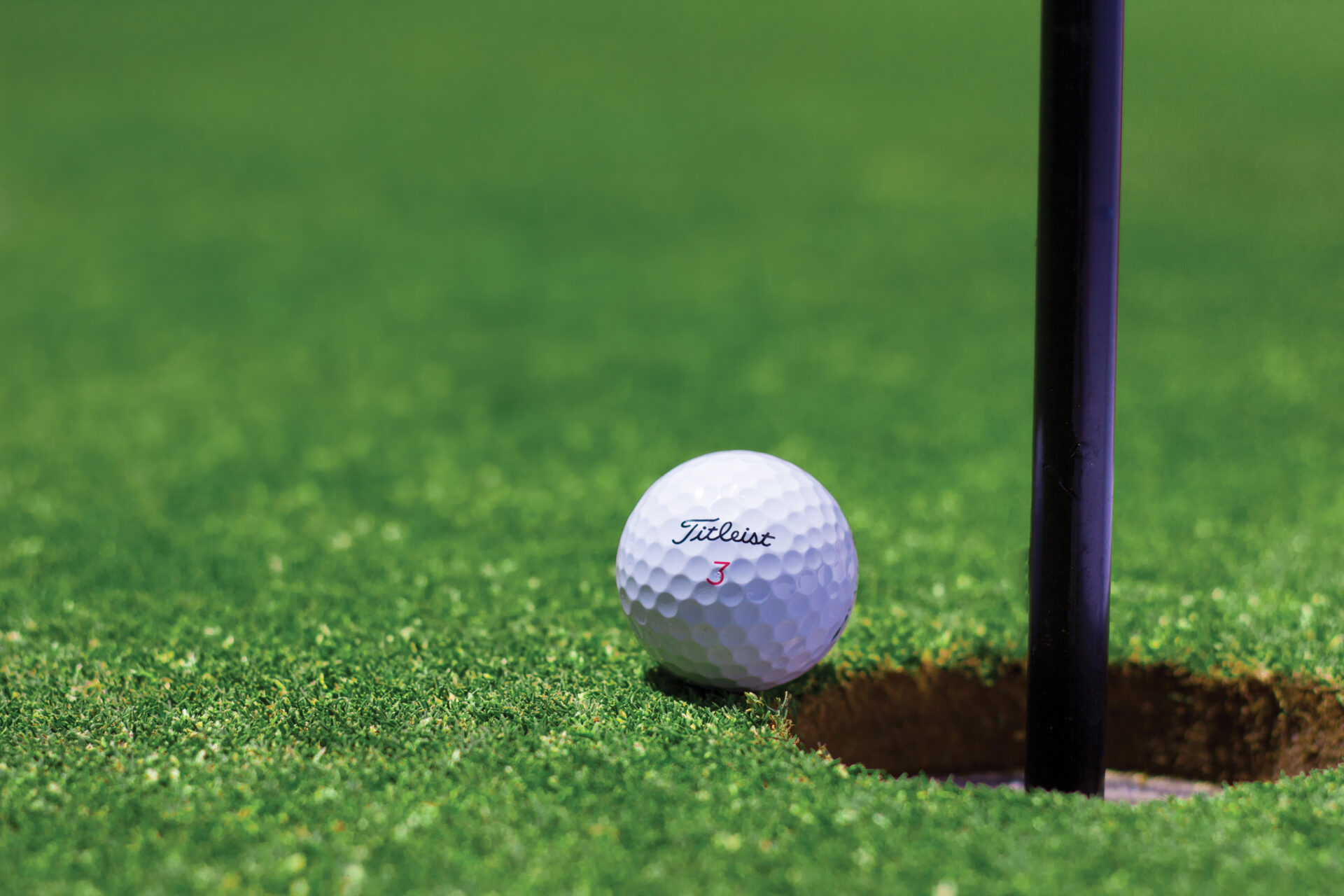Bowling is a classic game enjoyed by people of all ages. It’s a great way to have fun, exercise, and even relax. However, in order to get the best experience out of bowling, it’s important to choose the right bowling ball. Picking the right bowling ball can be a daunting task due to the many options available on the market. This guide will provide you with tips on how to pick the right bowling ball for your individual needs.Choosing the right bowling ball can be a daunting task, but it doesn’t have to be. Here are some tips to help you select the perfect bowling ball:
1. Consider your skill level. Are you a beginner or an advanced bowler? Different bowling balls offer different levels of performance and are designed for different types of bowlers. Beginners should look for lighter, more affordable balls since they are easier to control, while advanced bowlers may want to purchase higher end balls with more advanced features.
2. Determine the weight of the ball you need. Bowling balls come in 6-, 8-, 10-, 12-, 14- and 16-pound sizes; most people choose between 10 and 16 pounds. A heavier ball offers more power and momentum but is harder to control, while a lighter ball is easier to control but won’t provide as much power when released down the lane.
3. Decide what type of coverstock you want on your ball. Coverstock refers to the material used on the outer layer of a bowling ball and affects how it moves on the lane surface. The two most common types are urethane which is best suited for dry lanes, and reactive resin which performs best on oily lanes; there are also hybrid options available for those who wish to use their ball on both types of surfaces.
4. Select your desired drilling layout pattern. This refers to how your holes will be drilled into the bowling ball; this is important because it affects how the ball releases from your hand as well as its rotation in the pins area at the end of its trajectory down the lane..
5. Test out a few different models before making your final decision. Most pro shops offer demo versions that allow you to try out various models before purchasing one; this will help ensure that you find a bowling ball that fits comfortably in your hand and provides optimal performance when released down the lane.
Considering Your Skills and Goals
When it comes to achieving personal and professional goals, assessing your skills is an important step. Knowing what you are capable of, and understanding the areas you may need to improve upon, can help you create a roadmap for success. It is also essential to be honest with yourself when considering your skills – this will help you be realistic in setting achievable goals and recognizing when you have reached them.
It is important to recognize that skills are different from knowledge. While knowledge can be acquired through studying or other educational pursuits, skills are developed by doing. This means that it is possible to learn new abilities through practice and experience. Additionally, many of the skills that we use every day have been learned over time through our interactions with others or various activities.
When evaluating your skillset, it is helpful to look at both tangible and intangible qualities. Tangible skills include technical proficiency, manual dexterity or physical strength. Intangible skills are often more difficult to quantify because they relate more closely to character traits like problem solving, communication or creativity.
When considering your goals, it’s important to recognize which skills will be necessary for achieving them. This can help you identify areas where you feel confident as well as any potential weaknesses that may need to be addressed before beginning work on a project or task. Additionally, if there are certain competencies that you don’t possess but which would be beneficial in helping you reach your goal, then these should also be taken into account when making a plan of action.
Overall, taking stock of your personal skill set can provide invaluable insight into how best to reach the goals that you have set for yourself. By objectively assessing both tangible and intangible abilities and understanding how they relate to future objectives, you can create a roadmap for success which takes into account all of the pieces necessary for success – including those that require additional development or learning on your part.
Evaluate Your Arm Swing
Proper arm swing is essential for any athlete looking to maximize their performance. Improving your arm swing will help you generate more power and speed, as well as reduce the risk of injury. To evaluate your arm swing, start by standing with your feet shoulder-width apart and arms at your sides. Make sure you keep a straight line from head to toe while standing. Next, take a few swings with both arms, making sure to keep your elbows close to your body and maintain a relaxed grip on the ball or bat. Pay attention to how the arms move in relation to each other – they should be coordinated and moving together in a smooth motion. If one arm is lagging behind or swinging too far out from the body, make adjustments until both arms are in sync.
Once you’ve perfected the basics of an arm swing, try adding an extra layer of complexity by varying the speed or direction of your swings. This will help strengthen the muscles used in an arm swing and allow you to generate even more power when performing at peak performance levels. Additionally, be sure to practice different types of arm swings depending on the sport you’re playing – whether it’s baseball, tennis, golf or something else entirely – as each type requires its own set of motions and techniques.
Finally, remember that muscle memory plays an important role in improving your arm swing technique over time. With regular practice and repetition, you’ll be able to hone in on specific motions and start performing like a pro in no time!
Know Your Bowler Type
Bowling is a popular recreational activity, and it’s no wonder why. It’s a great way to have fun with friends and family, and it can be surprisingly competitive. But whether you’re just looking for some fun or you’re looking to become a professional bowler, the first step is to know your bowler type. Every bowler has their own unique style, and playing to your strengths is essential for success.
The most common bowler types are straight bowlers, hook bowlers, and cranks. Straight bowlers use a basic shot that stays as close to the foul line as possible without crossing it. Straight bowlers will generally get more strikes than other types of bowlers because they don’t risk crossing the line with their shots. Hook bowlers use an angled delivery that causes the ball to curve towards the pins at the end of its flight path. This makes it easier to hit spares on tricky angles, but it also makes it more difficult to get strikes since the ball has such an unpredictable path. Crank bowlers use a lot of power in their shots in order to send the ball down the lane at high speeds. This usually results in higher scores since there’s less time for pins to fall before the ball reaches them, but it also means that crank bowlers are more prone to gutter balls if their aim isn’t perfect.
It’s important for every bowler to know which type they are so they can play to their strengths and improve their game. Knowing your bowler type is also essential if you want to join a bowling league or compete professionally since each league will have its own set of rules regarding which type of shot is allowed in competition play. So take some time to experiment with different techniques until you find your own unique style!
Pick the Right Weight
When selecting the right weight for a fitness program, it is important to consider your goals and what type of exercise you will be doing. Knowing your body type and what you are capable of can help you decide which weight is right for you. Different weights can be used to increase or decrease the intensity of your workout depending on your comfort level and desired outcome.
For those who are just starting out, it is best to start with lighter weights and gradually work up in order to avoid injury. Once you have developed a good base, then you can slowly begin to add heavier weights in order to gain strength or improve endurance. Doing too much too soon can result in soreness or even injury, so it is important to build up gradually.
It is also important to consider other factors when selecting a weight such as age, gender, body type, and overall fitness level. For example, if someone is older they may not be able to lift as much as someone younger; or if someone has a larger frame they may need heavier weights than someone smaller. It is also important to select a weight that will challenge you without overtaxing your body so that you can get the most out of each workout session.
In conclusion, picking the right weight for a fitness program requires careful consideration of your goals, body type, age, gender and overall fitness level. Starting with lighter weights and gradually working up over time is key in order to avoid injury while still challenging yourself enough so that you can reach your desired results.

Measure Your Hand Size
Measuring your hand size is an important step when purchasing gloves, tools, and other items that need to fit your hands. Although you can use a ruler or measuring tape to measure the circumference of your hand, there are several other methods that may be easier and more accurate. Here are some tips for measuring your hand size correctly.
The first method for measuring your hand size involves tracing the outline of your hand on a piece of paper. To do this, hold the paper up against your palm and trace the outlines of your fingers and thumb onto the paper. Then, measure the distance between the tips of each finger using a ruler or measuring tape.
Another way to measure your hand size is to use a string or shoelace and wrap it around your palm and thumb. Make sure it’s tight enough so that it doesn’t slip off, but not too tight so that it cuts off circulation in your fingers. Mark where the string meets itself with a pen or marker, then measure the length of string with a ruler or measuring tape.
Finally, you can also use an online sizing chart to determine the best fit for gloves and other items based on measurements taken from around your palm at its widest point. For example, if you measure 4 inches across your palm at its widest point, then you can look up this measurement on a sizing chart to find out what glove size is best for you.
Measuring your hand size is important when purchasing items like gloves or tools that need to fit perfectly in order for them to be comfortable and functional. By following these simple steps and using either a ruler/measuring tape, a string/shoelace, or an online sizing chart, you can easily find out what size glove will give you the best fit for whatever activity you’re doing!
Look for Quality Drilling and Fitting Services
When it comes to drilling and fitting services, it is important to ensure the quality of the job. You should look for experienced professionals who are qualified and have the expertise to carry out the job. It is also important to ensure that they use high quality materials and tools that are designed for precision drilling and fitting. This will ensure that your project is done right in a timely manner.
You should also look for companies that provide after sales services, such as maintenance and repair services. This way, you can be sure that your project remains in good condition for a long time. In addition, you should also make sure that the company is insured so that if something goes wrong during the project, you will not be liable for any damages or losses incurred.
It is also important to check if the company has all the necessary licenses and certifications needed for their work. This will ensure that they are up to date with all regulations in order to carry out their work safely and professionally. Furthermore, you should ask about their experience in similar projects in order to get an idea of how reliable they are as a service provider.
Finally, make sure you do your research before selecting a drilling and fitting service provider so that you can get the best value for your money. By taking these steps, you can be confident that your project will be completed correctly without any issues or delays.
Select from Different Bowling Ball Materials
When it comes to bowling, the right ball is essential. The material of the ball can affect its performance and the way it glides down the lane. There are a variety of bowling ball materials available, all of which offer different benefits and drawbacks. Understanding what each material has to offer can help you make an informed decision about which type of ball is best for your style of play.
One popular option is plastic bowling balls. Plastic balls are lightweight and usually very affordable, making them great for beginner players or those on a budget. They also come in a variety of colors and styles so you can find one that suits your taste. The downside to plastic balls is that they don’t always last very long, as they may become scuffed and worn over time.
Polyester or urethane bowling balls are also a popular option. These materials are much harder than plastic and provide more control when playing. They also tend to have longer lifespans than plastic balls, meaning you won’t have to replace them so often. However, these types of balls can be more expensive than plastic ones, so if you’re on a budget they might not be the best choice for you.
Finally, some bowlers prefer reactive resin bowling balls. These are made from a combination of polyester resin and rubber particles, which give them more grip on the lanes and help absorb oil from the surface better than other materials do. However, reactive resin bowling balls tend to be quite expensive and require more maintenance than other types of material, so they may not be ideal for beginner bowlers or those on a tight budget.
When selecting your bowling ball material consider your skill level, budget, and personal preference in order to make an informed decision about which type will work best for you. With so many options available it is important to do your research in order to find the perfect fit for your individual style of play!

Conclusion
Choosing the right bowling ball is not an easy task. It requires some research to make sure you are getting the best ball for your game. You should consider your game style, hand size, and other factors before making a purchase. The weight of the ball is also important, and it should be comfortable for you to throw. You should also think about the surface of the ball, as this can affect its performance on the lanes. Finally, don’t forget to take care of your bowling ball by keeping it clean and storing it properly.
By doing your research and taking your time when selecting a bowling ball, you can make sure that you pick the right one for your needs. With the right ball in hand, you will be able to improve your game and reach new heights in bowling!




